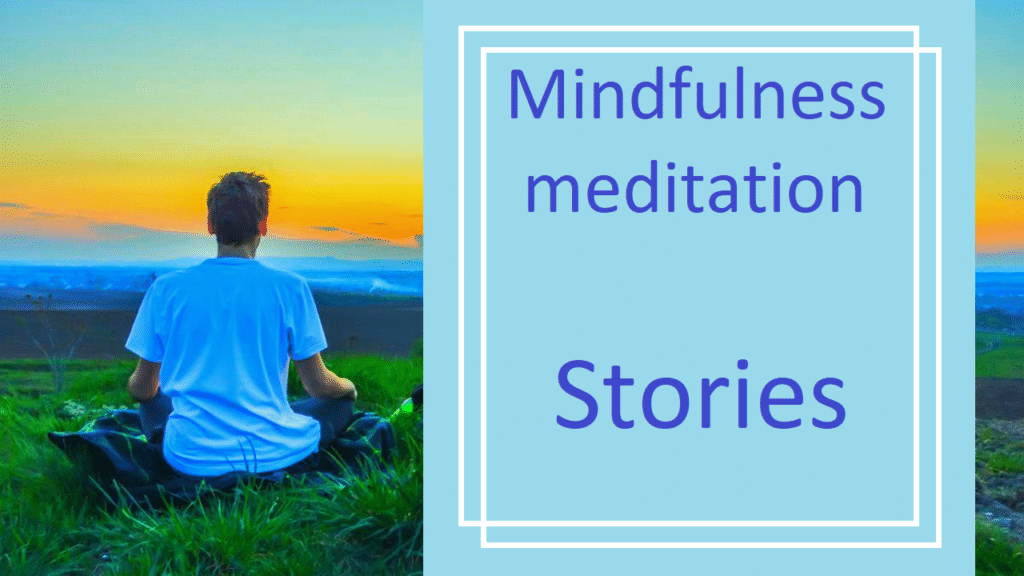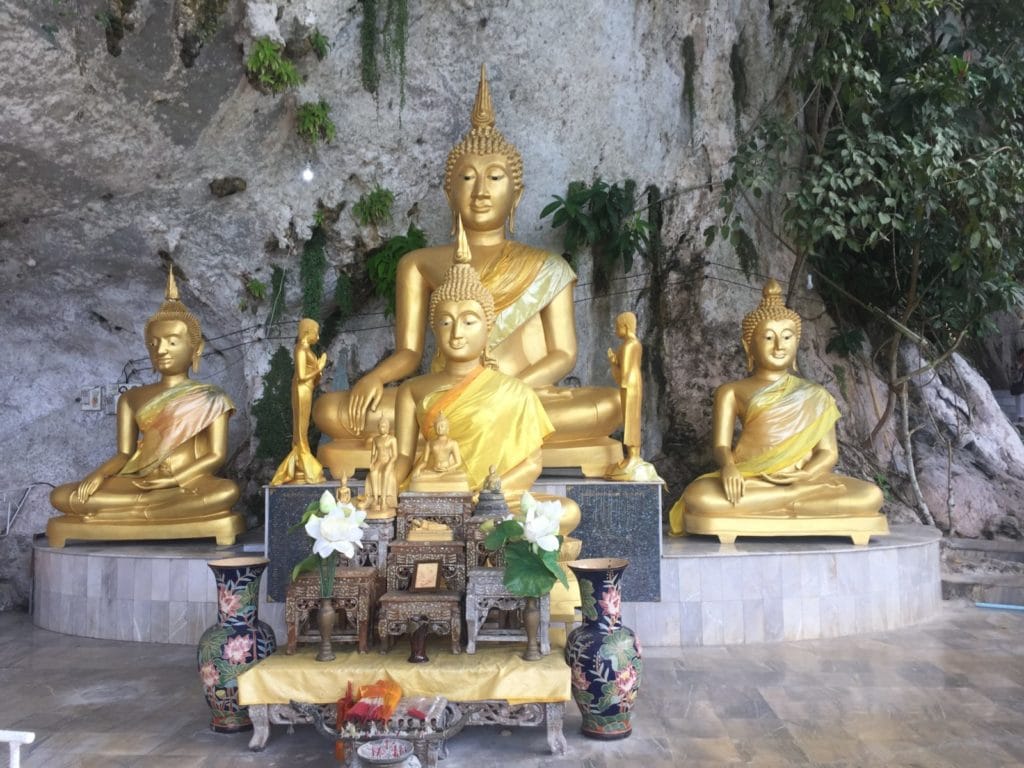It is not easy to have an empty mind. This statement is true not only for beginners but also for everyone who has tried to achieve this goal. Guided mindfulness meditation for beginners, books, or friends that are already practicing meditation is the things that might help. It is usual to start by focusing on your breath and then gain focus. In the later stages of your practice, you can experiment with other types of meditation and find out which ones work for you. Usually, people combine a few different types of meditation practice, depending on how they feel that day.
Prepare your mind for guided meditation
Before we begin with guided meditation, you need to understand that there is no perfect way to do mindfulness meditation. Try some out and find which of them is right for you.
Try to meditate regularly, at the same time and place every day. But this is not a must. Just remember to practice every day, making it a habit, almost like you brush your teeth or take a morning shower. You will find, in time, that your mind will ask for your daily meditation practice itself.
Be patient, success will not come overnight; it never does. Almost every experienced meditator will say to you that establishing a practice is simply showing up every day. This sentence is not quite true. You need to put some effort into your practice and have patience. It may take months before you can feel some progress. If you are truly committed to meditation practice, then the results will eventually show themselves. Do not quit.
When to meditate
Some people are most relaxed and ready to meditate in the morning. It helps them start the day with a positive mind. Evening meditation is more suitable for others because it calms their mind before sleeping at night.
I think the most important thing is to find joy in meditation. We are all doing this because we want to feel better. We want to feel peace of mind, happiness, and joy. Without this, it isn’t worth it. Give it a chance to become your true nature and to sink deeply into your everyday life. Have an open mind. You will find how small every day wins contribute so much to your whole mental health. You will see how small losses are not worth the stress. Let go of toxic people and look at dark situations with optimism. Your life will become much better. You will start to feel joy.
Just start meditating
The first step can indeed be the hardest. If you have trouble finding the right time, right place, or right mood to start, maybe it would be better to join a group or class. Or you can join me in my guided meditation sessions on Youtube. Make this first step into a mindfulness practice. Give it a fair chance.
Depending on your mood and preferences, there are different postures for meditation.
Meditation postures for beginners, and all meditators
Sitting on the floor is the most common meditation posture. You can meditate while sitting on the floor or on a chair—whichever works for you. It is important to keep the spine upright, and the body relaxed. If you are sitting on the floor, in the beginning, you can assume the basic Cross-Legged Pose. If you are very flexible, you can sit in Lotus Pose. You can also sit and kneel on a small, slanted wooden bench. Place your hands comfortably on your lap, knees, or thighs. Your palms can be up or down. You have to be in a stable position, which helps your body to be still. Of course, if you need to move, by all means, move, but do it mindfully. Do it with intention and allow your mind to be fully involved in that move.
You can also do walking or standing meditation. The only important things are maintaining good posture and staying focused for the entire time.
We can do meditation with a different focus. Or, we can meditate focusing on the breath, focusing on a body, focusing on your thoughts and focusing on friendly love (Metta). We can also do walking meditation focusing on your steps, and yoga meditation.
Guided mindfulness meditation for beginners, how to meditate?
Be sure to find a quiet place, but if one is not available to you, do not worry. Create your hidden, quiet place in your mind. Turn off your mobile phone, forget about things that happened yesterday, do not think about what you must do today, or may happen in the future. Let go of any expectations. Assume the posture of your choice and then allow your breath and energy to flow freely.
The most common method of meditation is focusing on your breath. It is very convenient because it is always there for us. It is the simple observation of your breath as you inhale and exhale. In the beginning, you can count your inhalations and exhalations, and later, you will get accustomed to just observing various sensations that your breathing produces.
Close your eyes, or you can just gaze at a steady point away from you or at the floor. You can also let your eyelids fall. They can stay about half open, keeping in mind that you are more likely to fall asleep if you keep your eyes closed as you meditate.
Sit comfortably in your chosen position. Try to be as still as possible for the next 15 minutes. Sit upright, but not stiff. Relax your shoulders, your jaw and all of the face muscles.
Take a few deep breaths, slow and easy, as if you inhale peace and exhale any tension and distraction you might have right now. Relax, empty your mind, and then let your breathing become natural.
Breathe in, breathe out…
Become aware of the three primary segments of each breath: the beginning, middle, and end. You will feel them during the inhalation in your nose, the middle of the chest, and the abdomen, and then the reverse during exhalation.
Breathe in, breathe out…
Check your posture
Be sure to relieve any tension in your body so you don’t get distracted by discomfort or pain.
Observe your body, are your shoulders relaxed, do you have any tension in your neck or back. Are your legs placed comfortably? If needed, adjust your position mindfully. If you need to change position, first think, “move, move, move,” then make this adjustment.
Breathe in, breathe out…
If it is helpful, quietly count your inhalations until you reach ten. If you are distracted by a thought, start the count over, starting from one. As you count to ten successfully, thank yourself and start over and try counting to ten once more.
When you breathe in, be aware, “I am breathing in”. As you breathe out, be aware “I am breathing out.”
As you get distracted by your thoughts or external events, just acknowledge that and gently bring your focus back to the breath every time.
If some thought comes to mind, acknowledge it, and just repeat silently “thought, thought, thought”. Acknowledge and let go. Your breath is faithfully waiting for you.
Breathe in, breathe out…
Examine your breath again. Is it fast or slow, deep or shallow? Is it cold or warm? Use this to calm your mind even more.
When you hear some noise, acknowledge it, and just repeat silently “noise, noise, noise”. Acknowledge and let go. Go back to your breath.
Breathe in, breathe out…
Guided mindfulness meditation for beginners, what is helpful?
When your mind wanders to some other place, or to some other time, do not get discouraged. It is perfectly normal. Do not criticize yourself. You became aware of this fact, so you need to congratulate yourself for that. You just became aware that your mind is wandering around. Bring your focus gently to your breath again and congratulate yourself quietly. You deserved it. At this moment, you became mindful. As long you are regularly practicing, you will be able to have those mindful moments more and more…
Breathe in, breathe out…
Examine your breath again. Is it calmer now? Realize that all your thoughts, emotions, sounds, events, and people have just temporary existence in this world. Everything will become, be, and cease to be. This state of nature is impermanence. Only, as long we are alive, our breath will be with us.
Breathe in, breathe out…
Shift your focus again to your breath and in the last minute of meditation slowly became aware of your body, of the environment and your thoughts.
Take three more deep breaths as you slowly returning to everyday life, hopefully, more relaxed than 15 minutes ago. Then open your eyes, stretch your body and continue with your daily activities.
I hope this post will help you enjoy short meditation and you will keep meditating. As your practice grows, you can extend your meditation for five minutes every week until you reach 45 minutes. Continue to meditate every day, be mindful, and do not give up.
If you want to know more
You can check out my other post about Mindfulness.
If you want to learn more about things I write about, check out my books. See also what the goal of this web site is.
Enjoy reading!
I invite you to use all the resources I provided for you and to share your thoughts and comments.
If you like this post, please subscribe here, get FREE E-BOOK NOW, and get a notification when future posts are published. Also, share with your friends and Like on social media using buttons below.
Share



